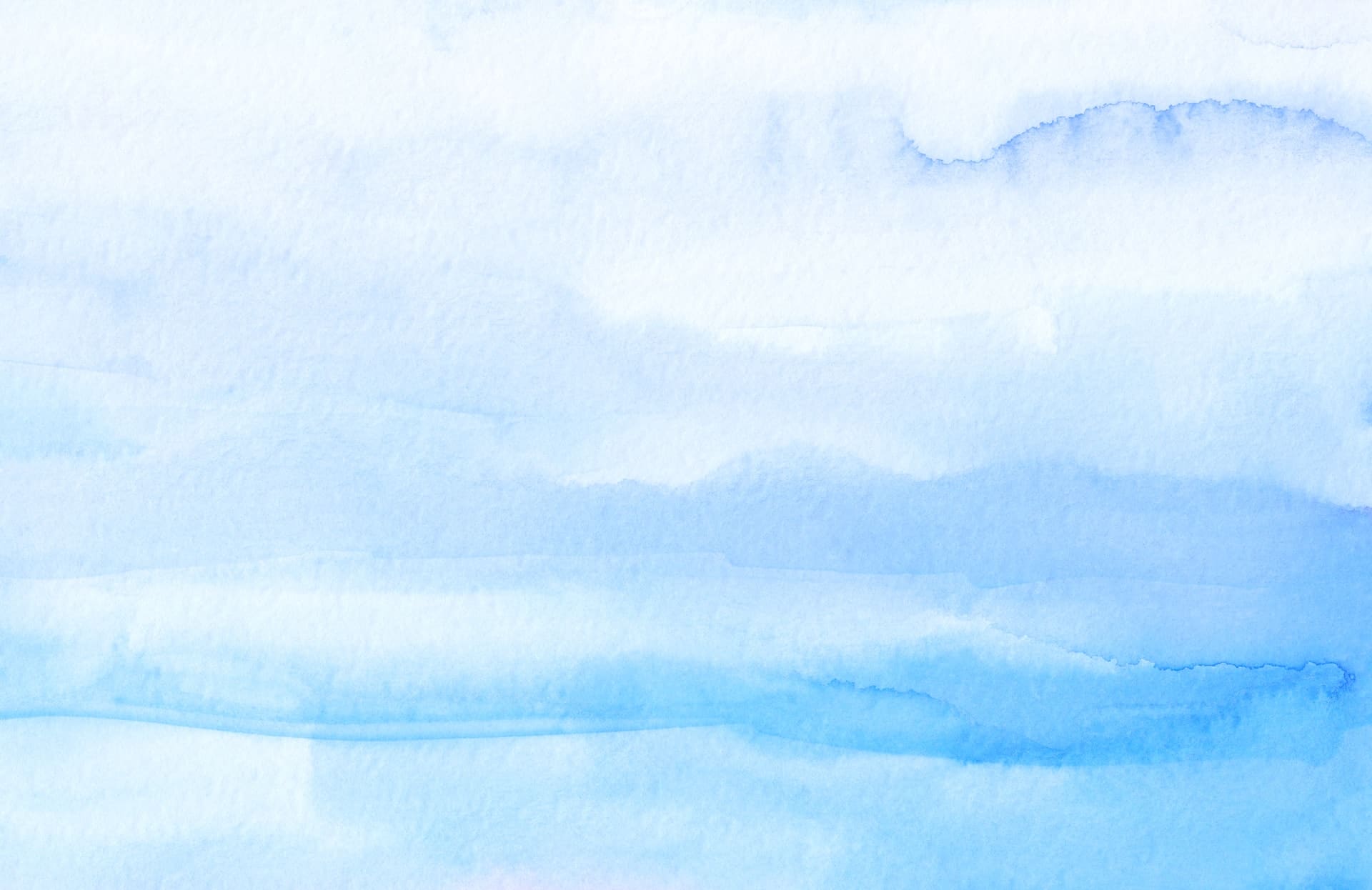
Perfectionism and the Burden of Control
Are you a perfectionist? If so, you may have a hard time relaxing and enjoying making art just for its own sake. Expressing yourself can be extra hard because of the need for the results to be amazing.
Yet it is the wild and wonderful nature of life (and art) to be unpredictable, wayward, and unforeseen. We cannot control it and it can never, ever be perfect.
For those of us imprinted with the burden of having to seem perfect at all times, art projects that are designed to be experimental, exploratory, and a little bit messy can be very liberating. We don’t have to control the outcome perfectly because chaos is supposed to have a role.
I share the following three activities hoping you may recover a little bit of your right to not know what exactly is going to happen. No one should have ever given you the impression that you could or should control life completely. It cannot be done, and if it could, it would be a shame, really – life would be pretty boring.
Have fun!
Abstract Collage
What You’ll Need:
Construction paper or brown paper grocery store bags, modge podge if you have it, or glue stick or glue
If using construction paper, pre-select the colors you like and set any aside that you don’t resonate with today.
The Process:
Begin with letting yourself rip up many, many pieces of paper, into different sizes and shapes, with the rule that you must tear with your hands and not use scissors.
If you are able to, enjoy the process of tearing up paper. This activity can be therapeutic in and of itself.
When you have a large pile of shredded paper of different sizes and shapes, start gluing them onto a large blank piece of paper in whatever arrangement feels right to you. Go piece by piece, intuitively adding pieces where they seem to want to go. It can be helpful to use a brush to smear the glue over the top of the pieces to keep them matted in. It’s done when you say it is.
Washes
What You’ll Need:
Watercolor pencils, watercolors, ink, and/or water-soluble markers. The thickest paper you have, ideally watercolor paper, can also be cardstock or cardboard. Brown paper bags will also work well enough if you don’t have any other thick paper.
The way to find out if a marker is water-soluble: make a mark on a piece of scratch paper and then dribble some water over the mark. If the ink bleeds, you’re good to go. If the ink is impervious to the water, choose something else.
The Process:
Make many expressive, intuitive marks on your page with your water-soluble mark-maker. The suggestion is not to draw anything in particular, but rather to have the line indicate how you’re feeling. You might think of it like a polygraph – the line expresses your state of being.
Leave a fair amount of white space between your lines – don’t fill the whole page.
Using a brush dipped in water (or watercolor or watered down ink), generously distribute water over your whole image, so that the colors bleed and drip. You can change the direction of the drip by tilting the paper if you like and turning the image around.
A fun experiment is to use coffee instead of water or ink, which gives it a pleasant stain. Again, it’s done when you say it is.
Ink Blot Butterflies
What You’ll Need:
The largest paper you have and relatively thick paint, such as acrylic, oils, or gouache.
The Process:
Fold a large piece of paper in half and then open it up again. Squeeze or thickly paint some color onto the left or right side.
Fold the paper back over, and squeeze the two halves of the paper together, pressing firmly until all of the paint has been squished flat.
Unfold the paper. Some of what you did on one side will be imprinted on the other. It may look like butterfly wings or a Rorschach ink blot.
Dropping the need for it to stay symmetrical, work the image further. If it looks like something specific to you (such as a face, a tree, whatever), feel free to develop the image in that direction to bring out the resemblance. Again, allow yourself to sense the moment of it being done, and trust that.
Art is Always a CoCreation
Art is always a collaboration between us and life. It is never just “me” making art. This means I also don’t have to take it so personally if it turns out “bad” – both life and I are responsible for the outcome! May these exercises feel freeing.
If you or an important woman in your life are struggling with perfectionism, and substance use, consider treatment at a holistic program that is designed to heal the whole you—body, mind, and soul. Reach out to us today to learn more about how we incorporate art therapy exercises into our treatment programs. Call (866) 950-0648 to learn more.

